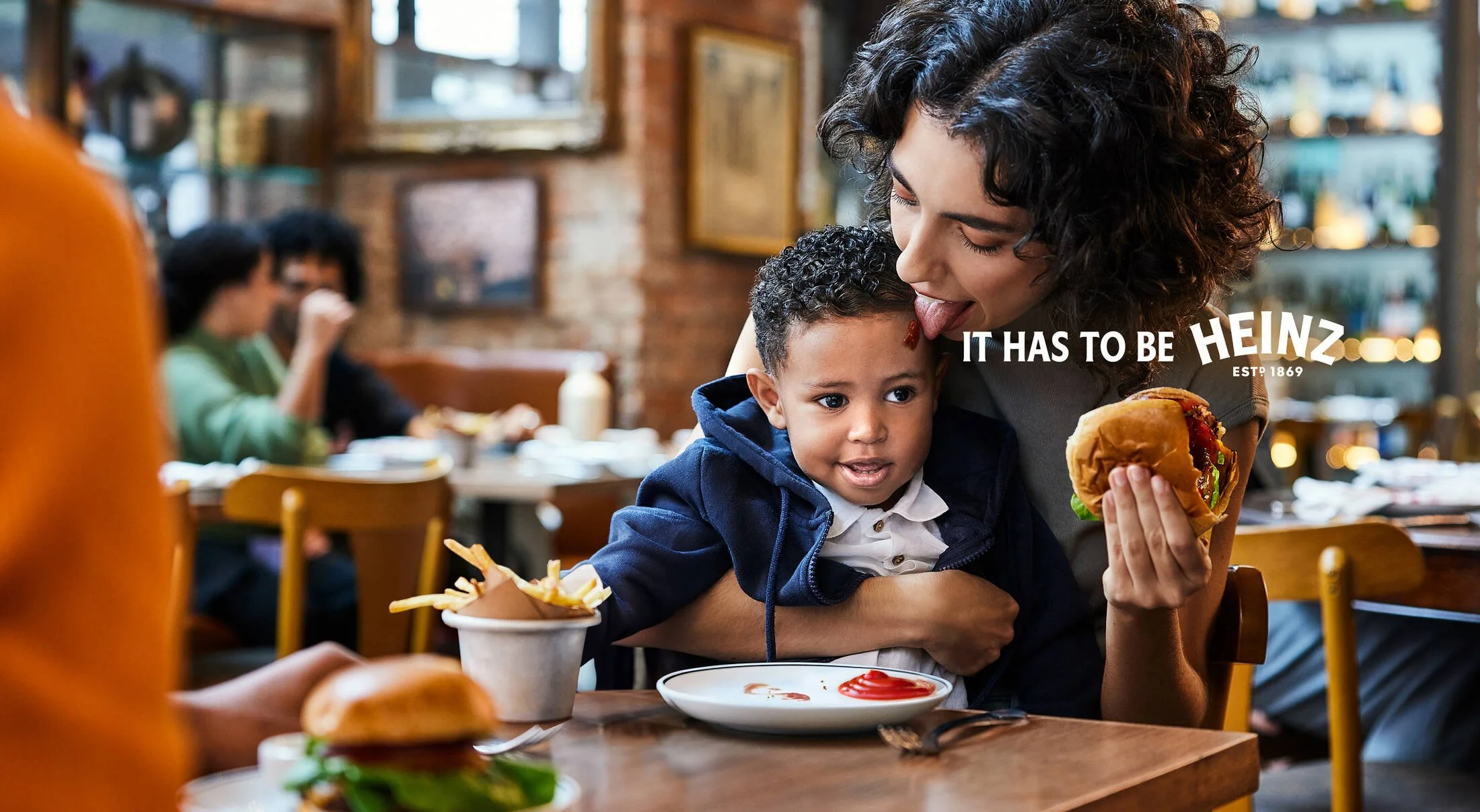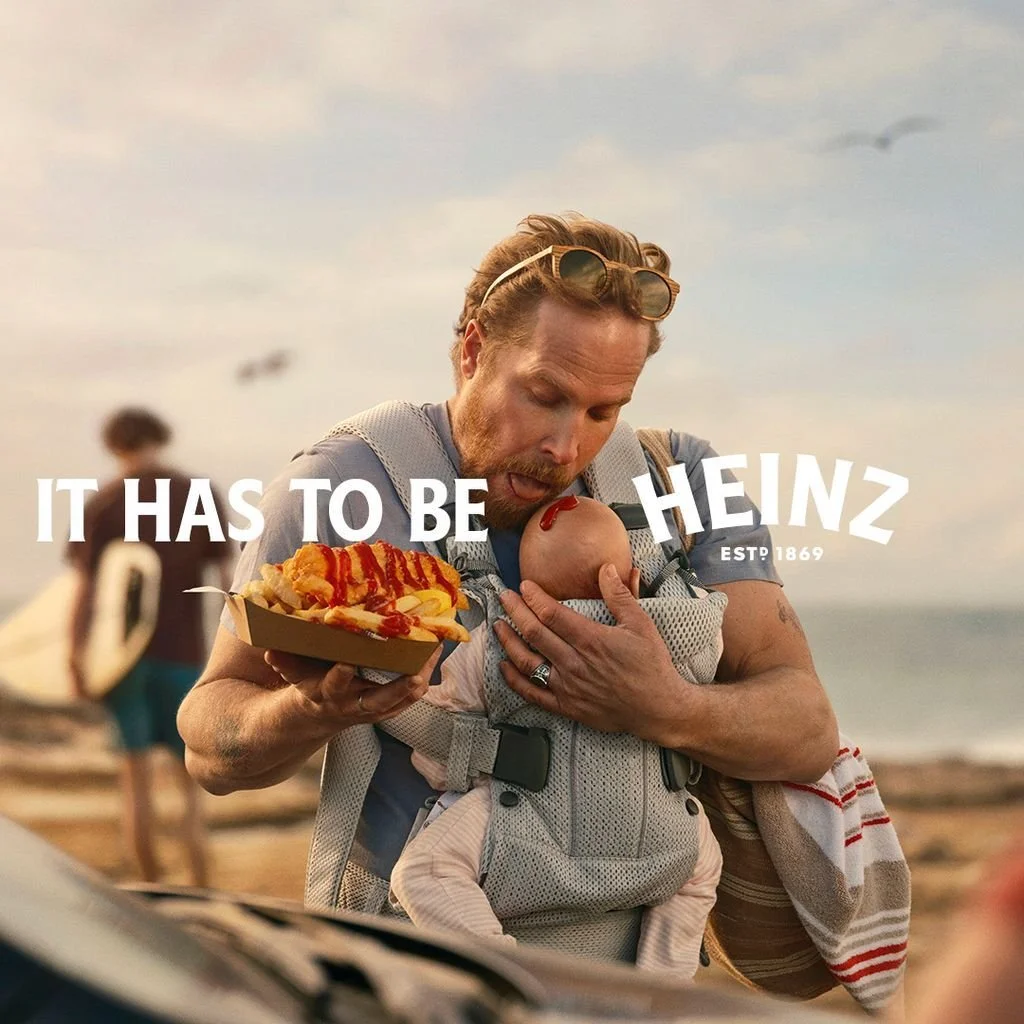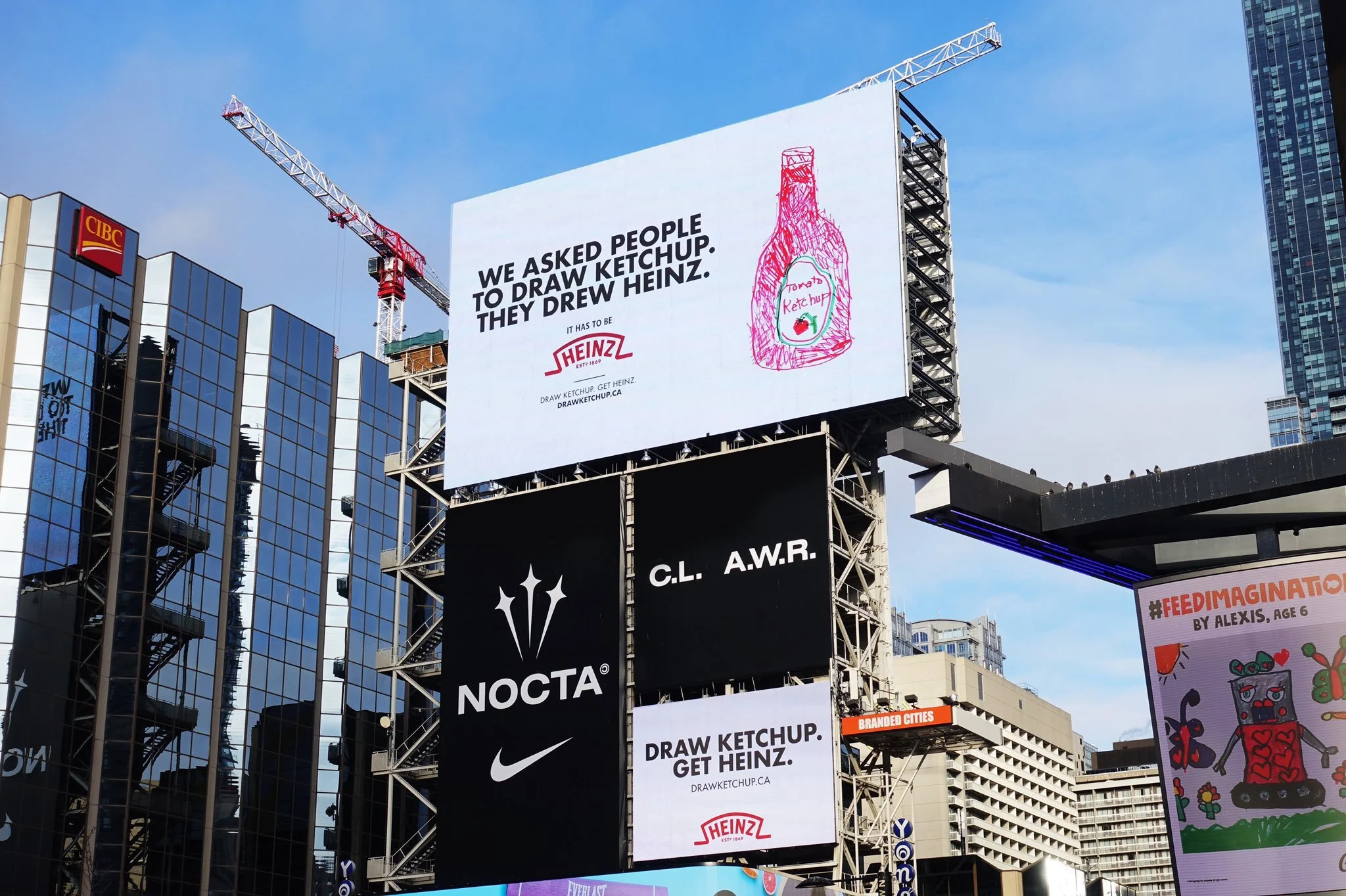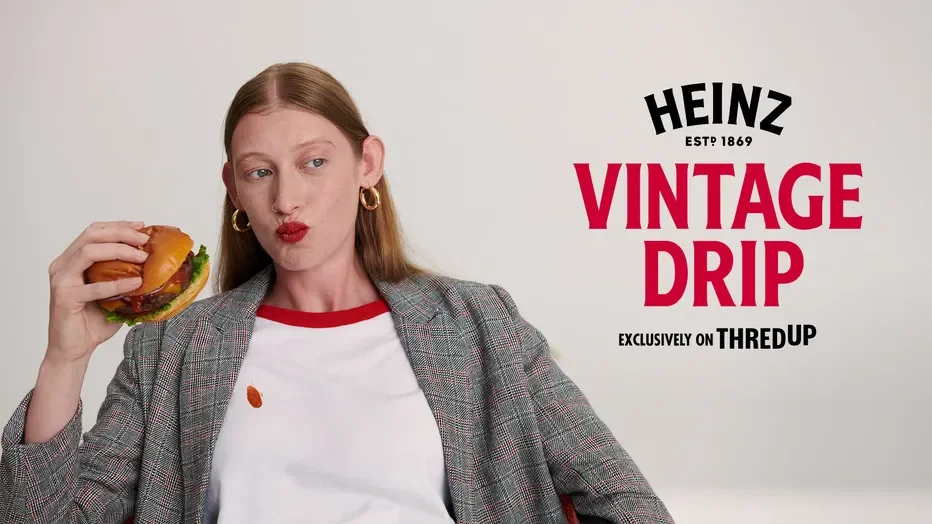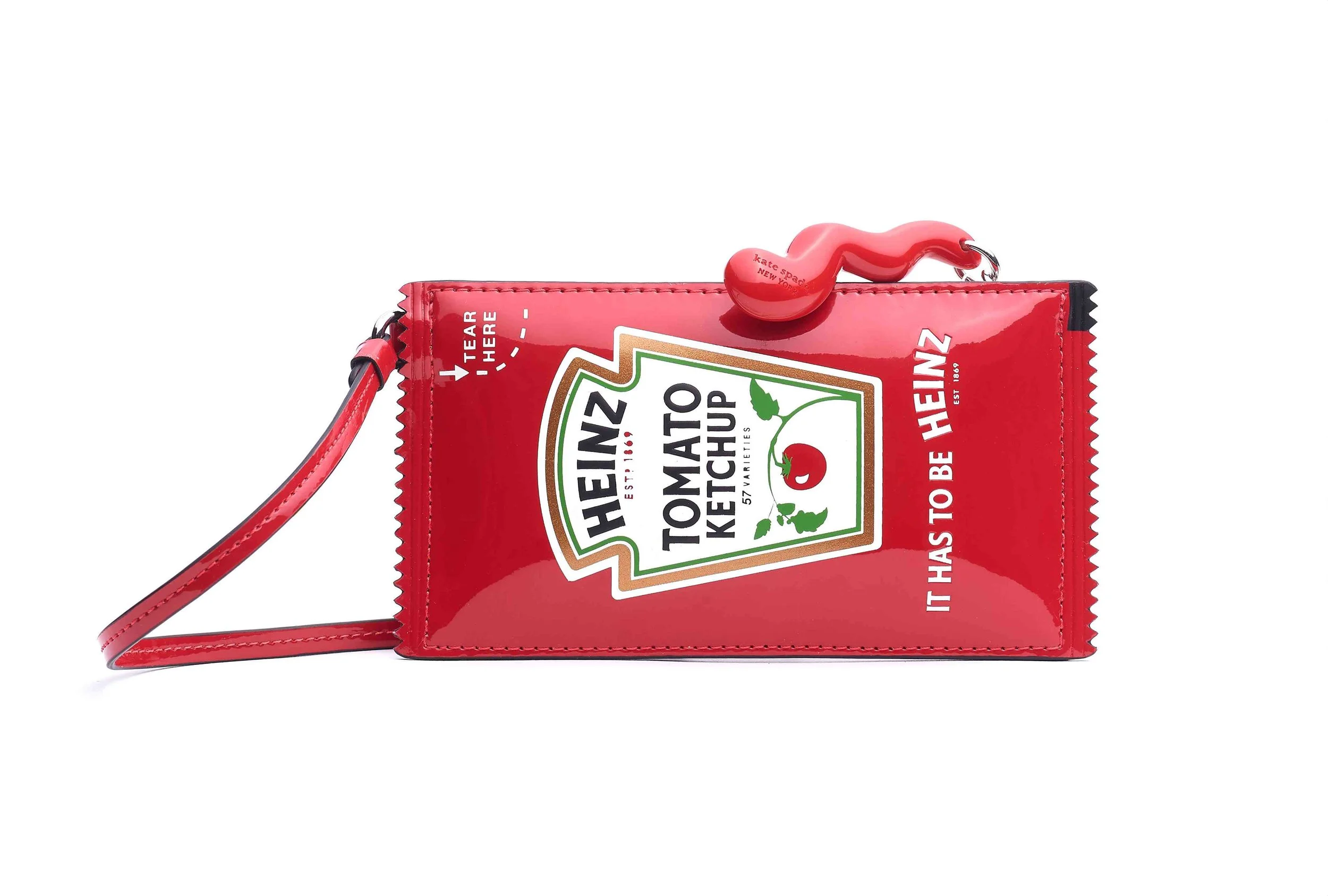Heinz Ketchup Insurance
A Masterclass in Behavioral Design & Loss Aversion
Heinz, the iconic ketchup brand, launched one of its boldest marketing ideas yet: Ketchup Insurance.
The concept is simple but clever — Heinz would cover the cost of 57 different ketchup-related accidents, from stained clothes and ruined sofas to spills on sneakers, laptops, or even luxury watches.
Consumers could submit claims on the official site with witty case names like “Claim #30 – Shoe Hada?” or “Claim #40 – Seeing Red.” What might have been a minor everyday nuisance became a playful branded experience.
This campaign is part of Heinz’s ongoing transformation — proving itself a master of viral empathy, turning everyday flaws and fan obsessions into cultural moments. The “Draw Ketchup” campaign showed that the bottle is so iconic, people can picture it without a label. And when Heinz collaborated with streetwear designers on pre-stained ketchup clothing, it flipped embarrassment into expression — turning a mess into a movement.
In short, Heinz isn’t just protecting shirts and sneakers — it’s insuring its place in pop culture.
Why this strategy?
Loss Aversion & Reframing the Flaw
People are more motivated by avoiding loss than by gaining an equal reward. By offering “insurance,” Heinz reframes the product’s messiness from a liability into a shared joke and risk-free experience. It shows empathy for a universal pain point, transforming a flaw into a feature — and a brand into a friend.The Psychology of Contagious Content
Heinz designs psychological anomalies: campaigns so absurd yet relatable that they’re impossible not to share. This is the genius of contagious simplicity — ideas that spark laughter, recognition, and conversation, generating massive free media and social buzz far beyond the original spend.Building Cultural Identity through Empathy
By embracing something as human as spilling ketchup, Heinz moves beyond product to persona. It becomes a brand that doesn’t pretend perfection but celebrates the shared, messy parts of being human. That honesty builds deep emotional connection and keeps Heinz timeless, not just tasty.
My comment
This is a brilliant lesson in how a brand can reframe vulnerability into value. Rather than apologizing for its flaws, Heinz turns them into moments of humor and connection. It’s a reminder that the most powerful strategies don’t always fix problems — they empathize with them. And maybe that’s the future of branding: designing with empathy, not ego.
Honestly, I’d sign up for this faster than dental insurance. Who’s in?




